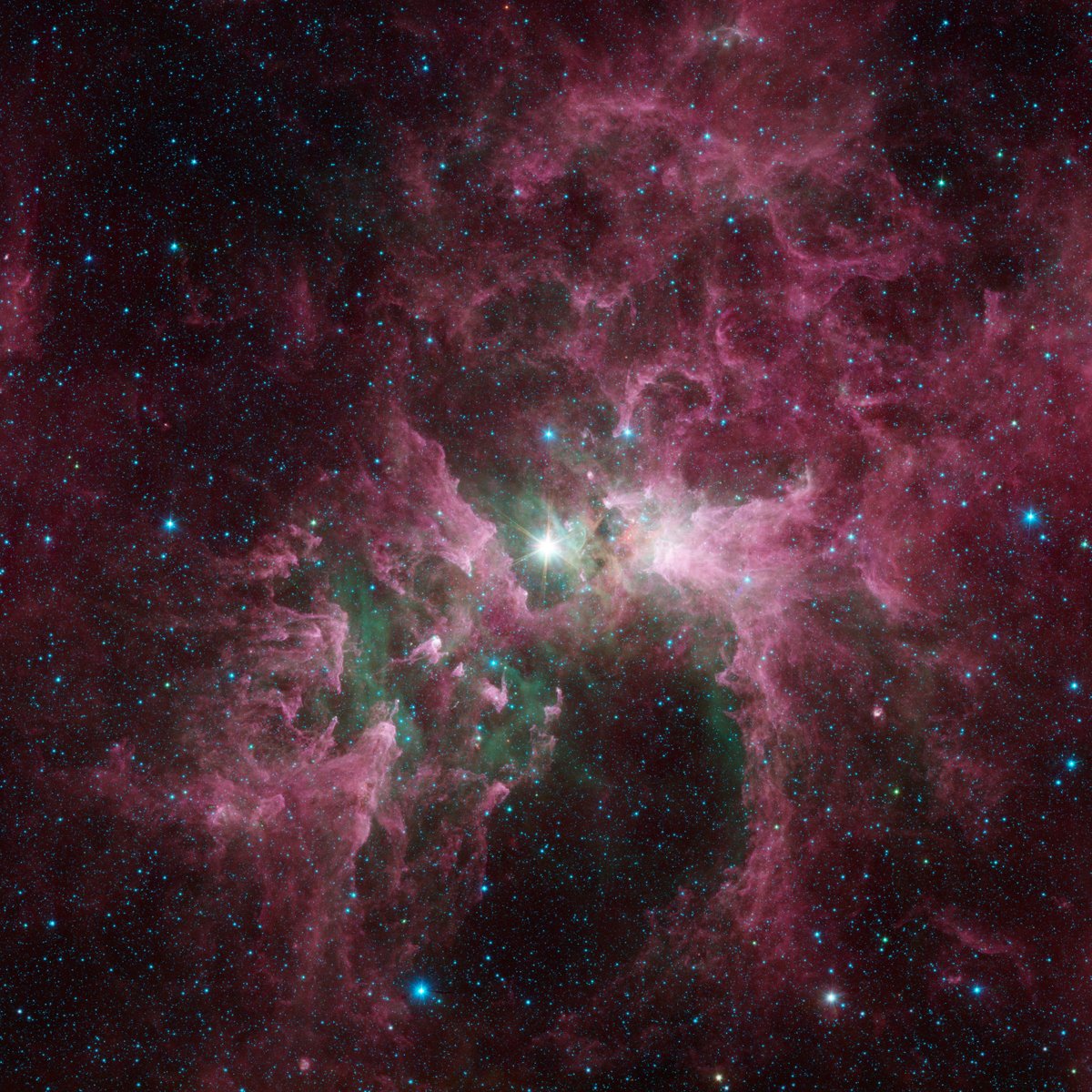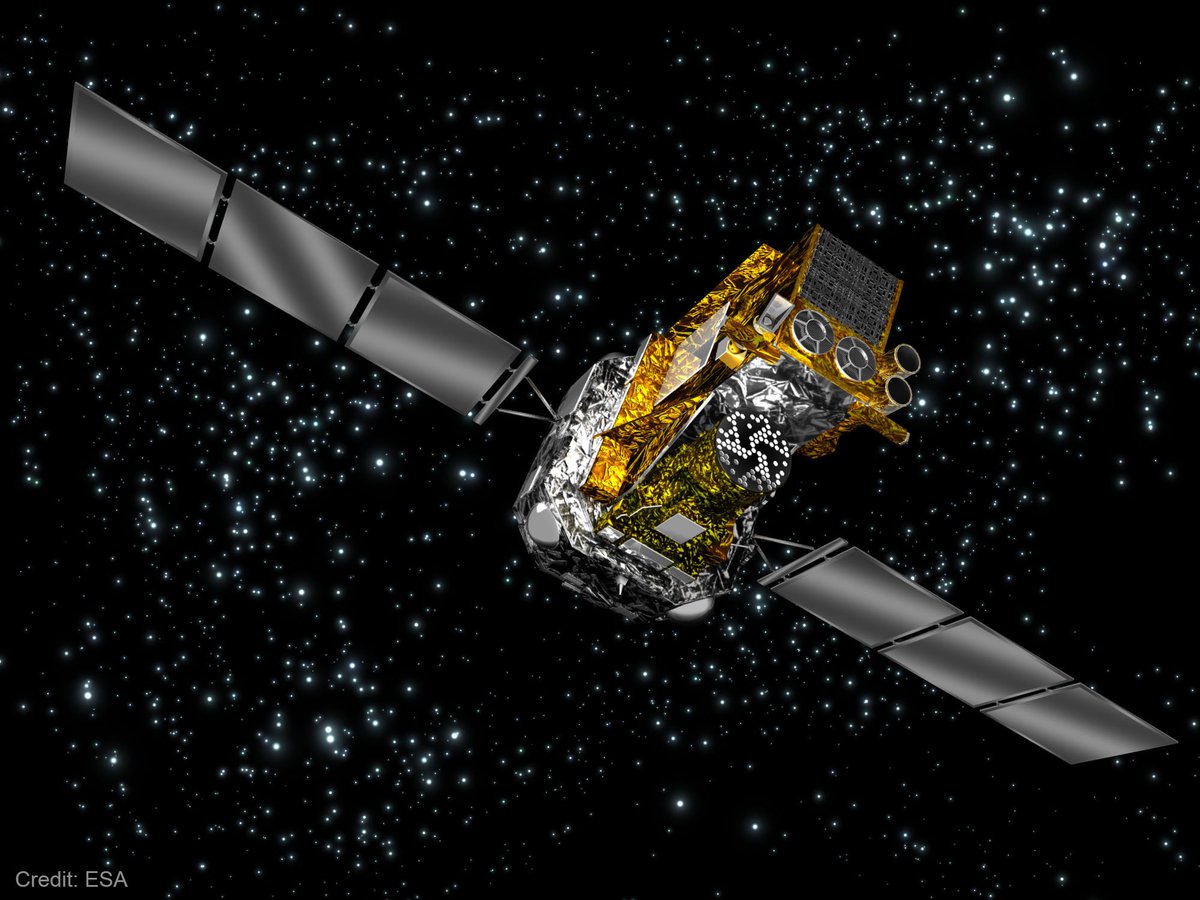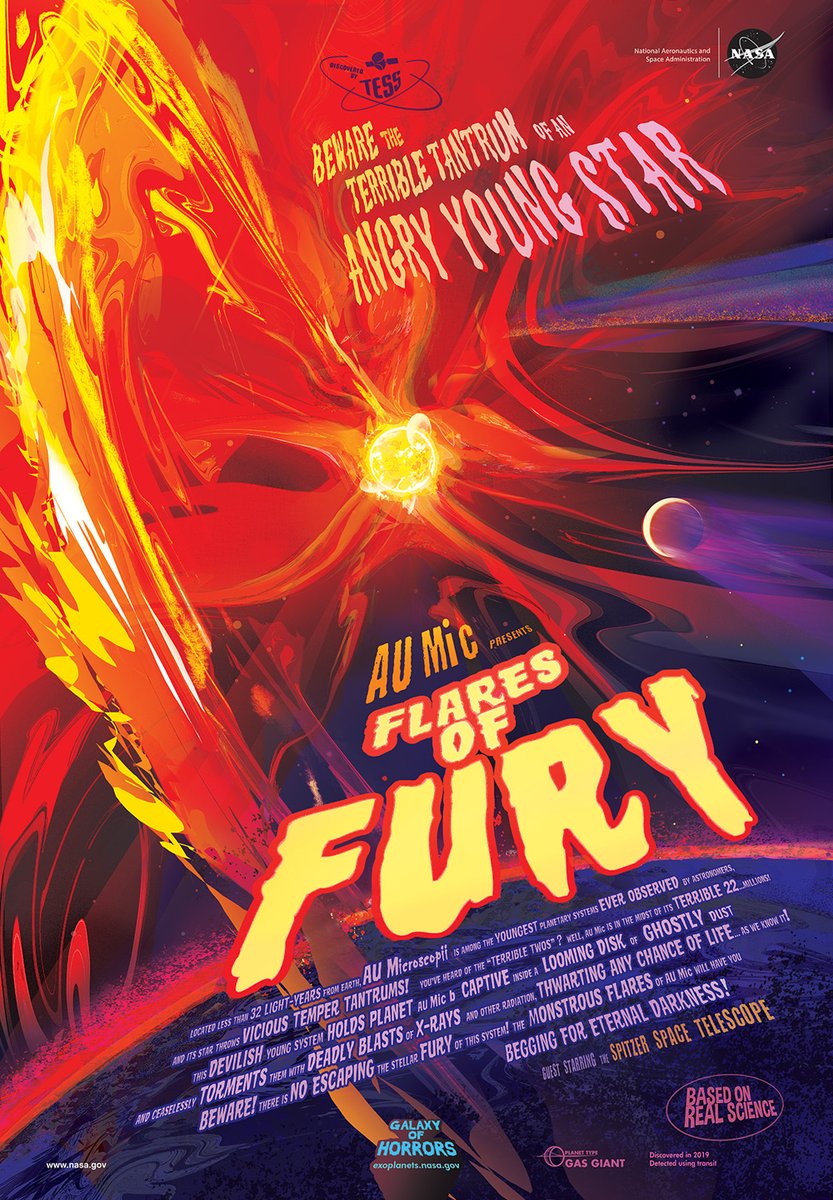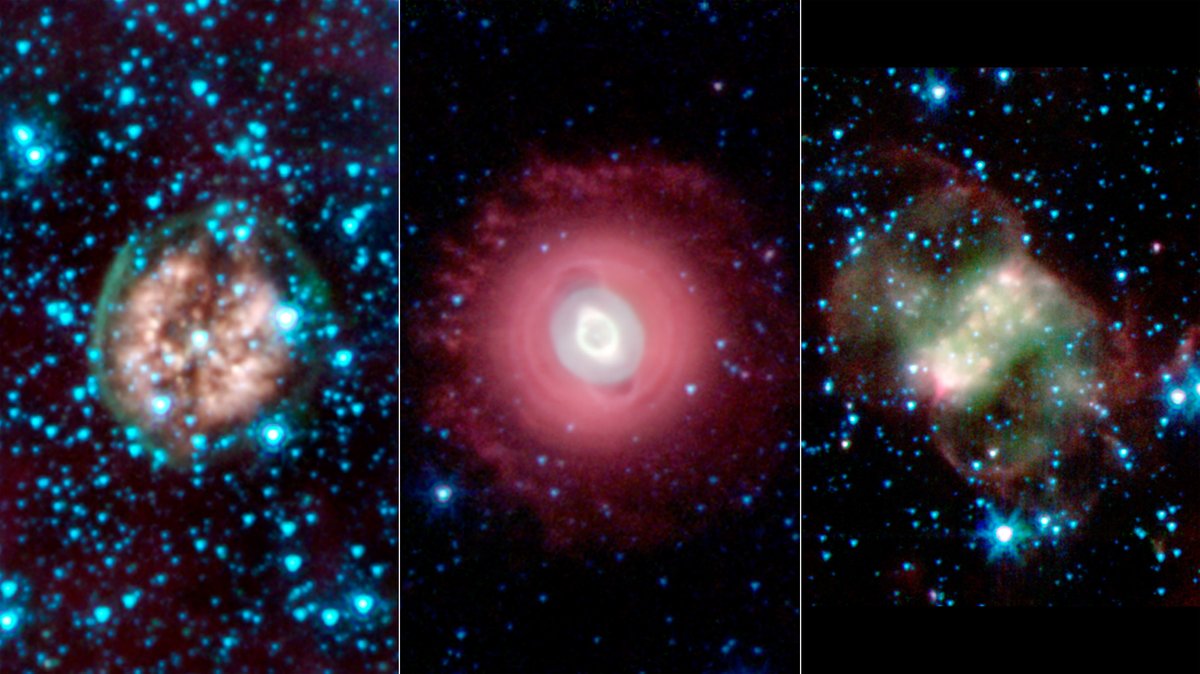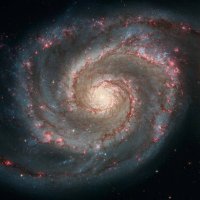
NASA Universe
@NASAUniverse
Your backstage pass to the universe and how NASA studies it.
Verification: https://t.co/8yJgpYaajm
ID:26853548
https://universe.nasa.gov/ 26-03-2009 21:16:15
9,8K Tweets
1,0M Followers
89 Following

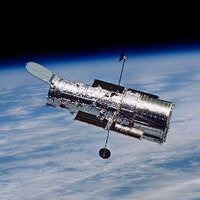
What better way to mark #NewFriendsDay than with this new view?
One of Hubble’s most iconic shots now has a complementary companion from our friend NASA Hallo-Webb Telescope 🕸🕷🎃!
This star-forming region is known as the Pillars of Creation, and shows a small region of the Eagle Nebula.
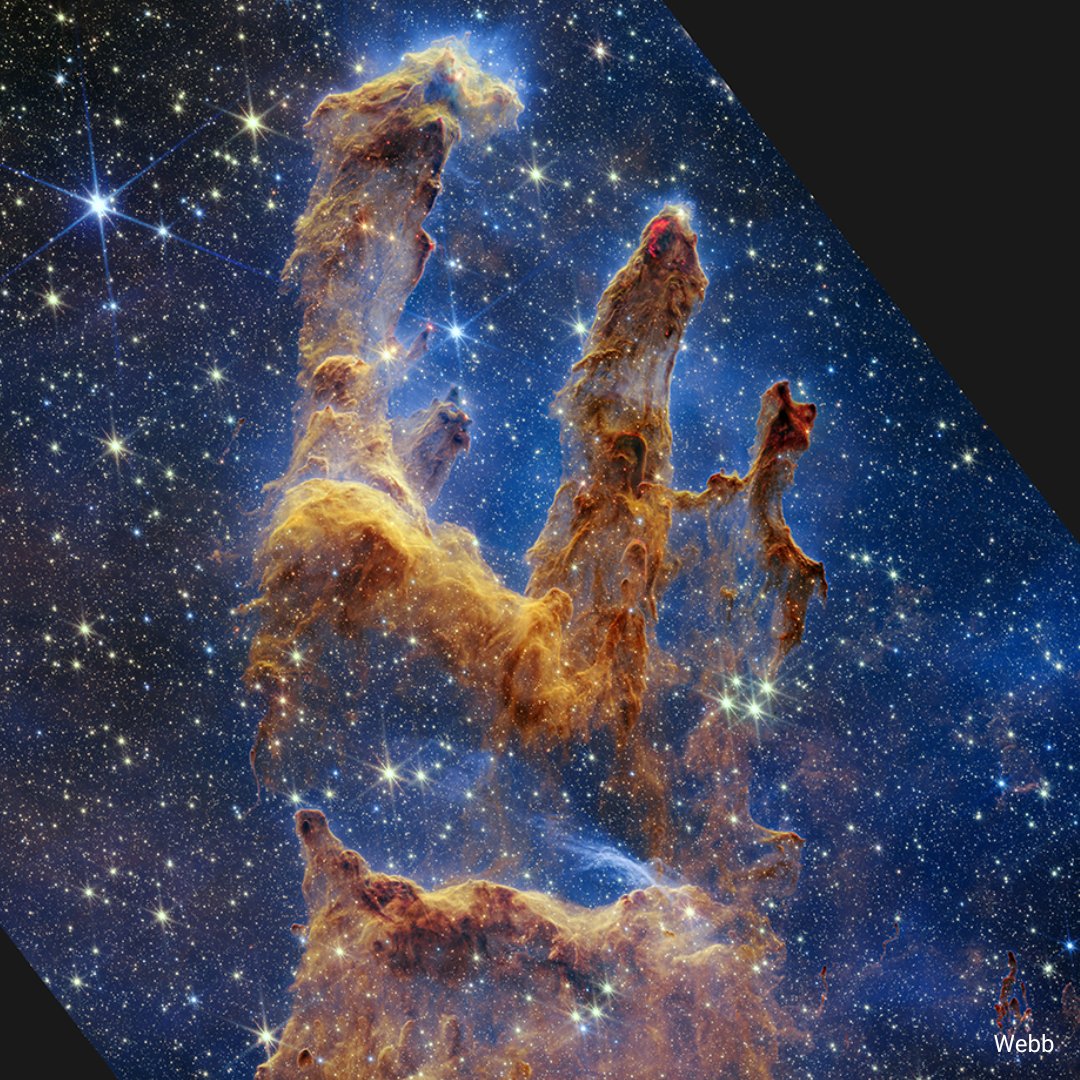

That’s no ordinary spider web! This structure supports the primary mirror on our high-altitude balloon telescope ASTHROS. It’ll study the process in star-forming regions that disperses clouds of gas and dust, the ingredients to make stars. go.nasa.gov/3D5H23N #NASAHalloween




Needle’s Eye Galaxy 🪡
This #HubbleClassic view unveils a galaxy about 11 million light-years away from us.
It earned its nickname because one end of the galaxy is strangely empty of stars (not seen in this image of the starry center): go.nasa.gov/3eI55gP
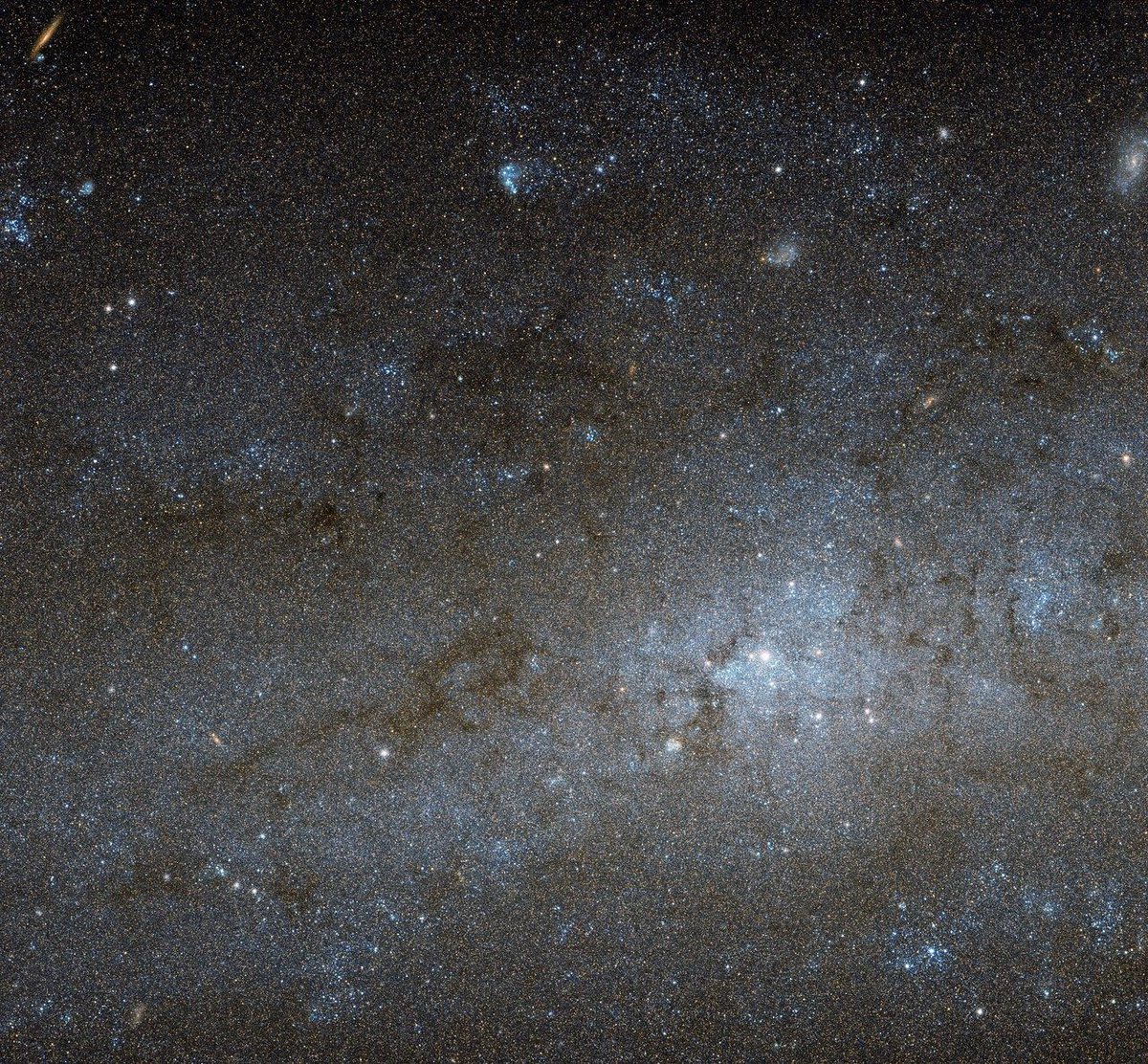

Did you know future infrared telescopes observing black holes & other wonders of the cosmos will require detectors with 100,000 pixels? Luckily, a NASA BOOniverse 👻 sponsored team developed new technologies that enable production of these specialized array: go.nasa.gov/3MGrbNi
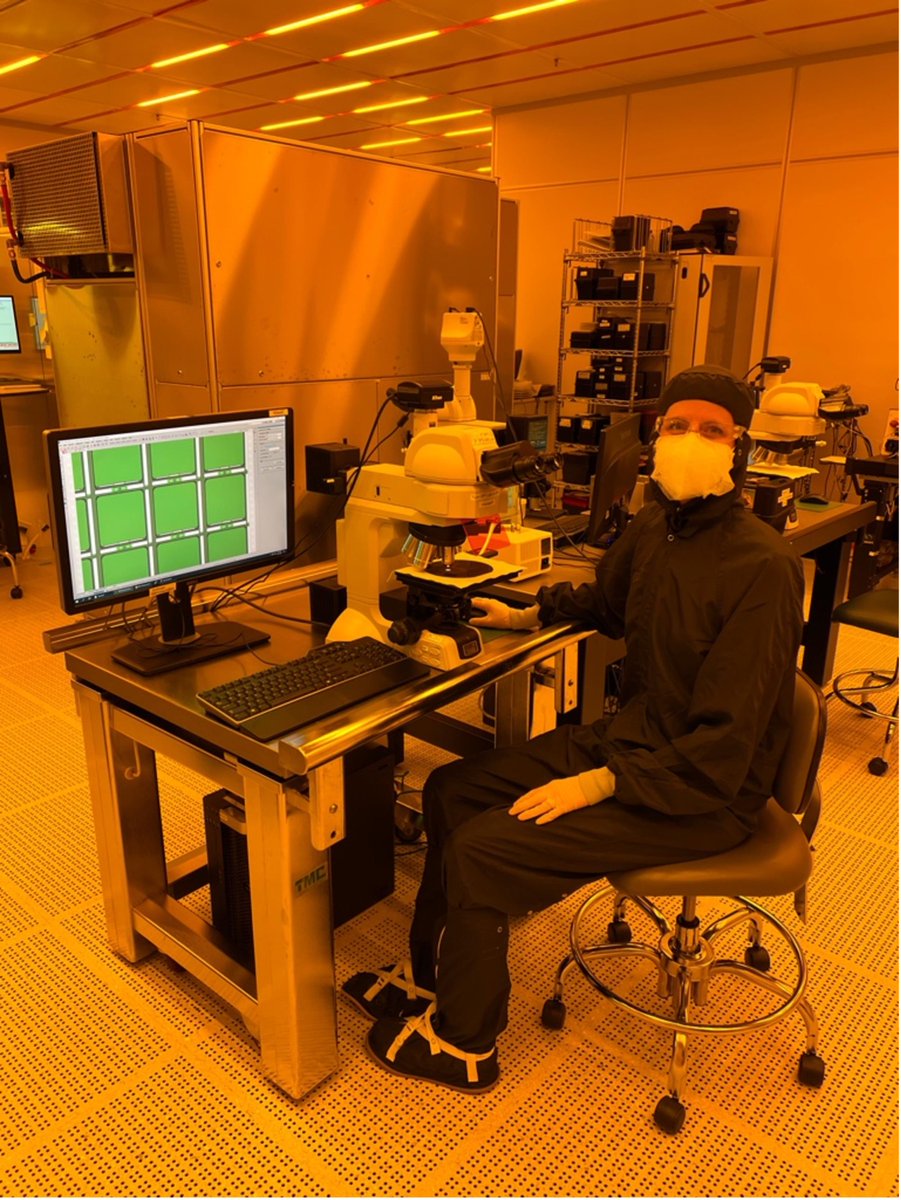


There’s a BAT lurking in the (gamma-ray) shadows. 🦇 Swift’s Burst Alert Telescope watches the sky for gamma-ray flashes. It even wears a mask (pictured) that creates a pattern of shadows to help pinpoint their locations. Learn more: go.nasa.gov/3AtANUQ #NASAHalloween

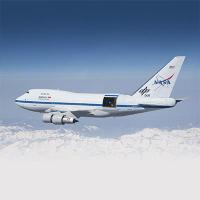



This fiendish specter lives in the center of the Milky Way, haunting our galaxy’s supermassive black hole. Our now-retired SOFIAtelescope discovered magnetic fields that may be keeping the black hole quiet. go.nasa.gov/34D7hNH #NASAHalloween



On the largest scales, our universe looks like a giant web. 🕸 Clusters and superclusters of galaxies form along giant thread-like structures with voids in between. #MondayMotivation #NASAHalloween

